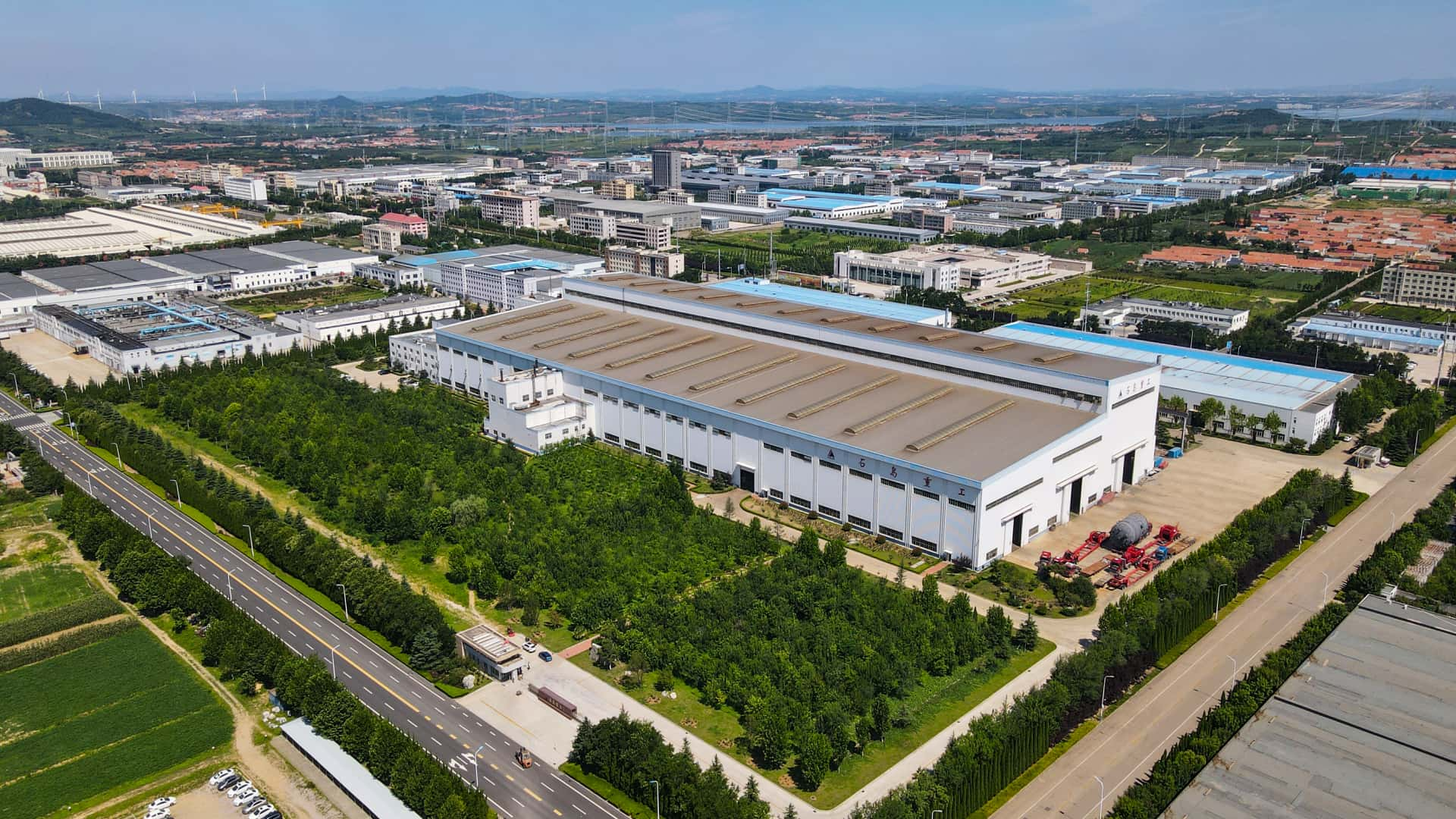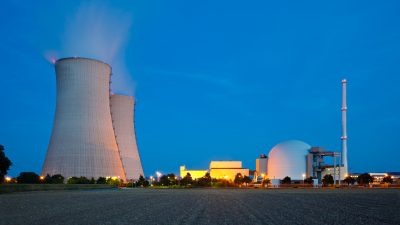Send Email
Call / WhatsApp Anytime
Send Email
Call / WhatsApp Anytime

Call / WhatsApp Anytime
Few industrial assets carry stakes as high—or public scrutiny as intense—as the pressure vessels deployed across the civil-nuclear sector. They confine neutron flux, decay heat, and radioactive inventory while shielding personnel and the environment from accident scenarios that could span generations. Excellence in vessel engineering enables:
After this compendium you will possess a 360-degree map of how pressure-vessel science, manufacturing, inspection, and digital innovation underpin nuclear safety, profitability, and public trust.
From upstream ironmaking to downstream refining and emissions treatment, pressure vessels serve as mission-critical components. They enable safe gas storage, precise metallurgical control, environmental compliance, and energy efficiency improvements—functions essential for both traditional and modern low-carbon steelmaking routes.


| Client | Equipment Name | Spec | Weight / Material |
|---|---|---|---|
| Harbin Turbine Auxiliary Engineering Co., Ltd. (China) | Steam-Water Separator Reheater | 2 Units | Industry: Nuclear Power – Steam System Equipment |
A nuclear power plant is a tightly coupled ecosystem of nuclear island, conventional island, and balance-of-plant functions. Mapping these domains first prevents siloed decisions and anchors vessel specifications to real risk.
| Plant Domain | Representative Systems | Dominant Hazards | Core Vessel Duties |
|---|---|---|---|
| Nuclear Island | Reactor Coolant System (RCS) | 15–17 MPa, 330 °C, neutron irradiation | Reaction containment, pressurization, heat exchange |
| Safety Systems | ECCS, Containment Spray | Water hammer, rapid transients | Accumulators, injection tanks |
| Conventional Island | Steam–water cycle | Erosion–corrosion, thermal fatigue | Moisture separator reheaters, feedwater heaters |
| Radwaste & Fuel | Spent fuel pool, casks | Decay heat, dose rate | Storage canisters, HIC vessels |
Cross-plotting reactor types against envelope parameters lets utilities benchmark capital cost, fabrication risk, and embrittlement margin in one glance.
| Reactor Class | Core Pressure Vessel (RPV) Design Pressure | Operating Temp (°C) | Neutron Fluence (n/cm², E>1 MeV) | Typical Shell Material |
|---|---|---|---|---|
| PWR (Gen-II/III) | 15.5–17.2 MPa | 290–330 | 3 × 10¹⁹ | SA-508 Gr.3 Cl.1/2 low-alloy steel |
| BWR | 7–8 MPa | 275–290 | 4 × 10¹⁹ | SA-533 Gr.B Cl.1 |
| VVER-1000/1200 | 16–17 MPa | 300–320 | 3 × 10¹⁹ | 15Kh2MFA (Cr-Mo-Mn) |
| HTGR / FHR | 7–9 MPa (helium) | 550–750 | 1 × 10¹⁸ | 9Cr-1Mo-V or Alloy 800H |
| SMR (iPWR) | 15–17 MPa | 300–325 | 2 × 10¹⁹ | Integral SA-508 forging |
| Function | Engineering Objective | Hallmark Design Features | Example Vessels |
|---|---|---|---|
| Reaction Containment | Confine fission, coolant, & reactivity | Thick mono-block forgings, cladding, RT inst. nozzles | RPV, Integrated SMR vessel |
| Primary Heat Exchange | Transfer core heat to secondary side | U-tube, helical coil, or plate designs | Steam generator, IHX |
| Pressure Control | Manage ΔP transients & surge | Spray nozzles, heaters, surge line | Pressurizer |
| Safety Injection / Inventory | Provide borated water on demand | Rupture disks, fast-open valves | ECCS accumulator |
| Radwaste Conditioning | Solidify or confine radio-isotopes | Shielded liners, remote handling | Holdup tank, VHLW canister |
| Fuel Storage & Transport | Decay-heat removal & shielding | Double-wall, helium backfill | Dry cask, spent fuel pool liner |
Aligns ASME XI in-service inspection (ISI) scope and risk-ranking logic with actual safety significance, not merely wall thickness.
| Vessel | Duty | Design Highlights | Critical QA/QC |
|---|---|---|---|
| Reactor Pressure Vessel | House core, limit leakage | 250–300 mm wall, SS308/309 cladding | 100 % RT, UT, Charpy surveillance |
| Steam Generator | Primary-to-secondary heat | Alloy 690 U-tubes, anti-vibration bars | Tube → tubesheet leak test, eddy-current |
| Pressurizer | Surge & spray pressure control | 22 mm wall, nickel-base heater sleeves | Full PWHT, 10-CFR-50 App G analysis |
| ECCS Accumulator | Passive injection | 55 m³, nitrogen blanket | 1.5 × MAWP hydro, UT on shell welds |
Replacing Alloy 600 SG tubes with Alloy 690 TT reduced primary-to-secondary leak probability by 90 % over 40 years—OPEX savings exceed tube-replacement CapEx.
| Vessel | Duty | Design Pressure | Material | Special Note |
|---|---|---|---|---|
| RPV | Core & steam separator | 7.2 MPa | SA-533 Gr.B Cl.1 | Large circumferential welds |
| Moisture Separator Reheater | Dry & reheat steam | 7 MPa | TP304L | Double-shell design |
| Suppression Pool (Torus) | Condense steam | 0.5 MPa | Carbon steel, epoxy | Dynamic load monitor |
| RWCU Filter Demineralizer | Rad-chem cleanup | 1 MPa | 316L | Resin bed internal vessel |
Installing real-time torus level/temperature monitoring cut LOCA response uncertainty by 40 % in PRA models, raising core-damage-frequency margin.
| Reactor Type | Primary Vessel | Coolant | Nominal Vessel Size | Material |
|---|---|---|---|---|
| iPWR SMR | Integral RPV | H₂O, 15 MPa | Ø 3.5 m × 20 m | SA-508 forging |
| SFR (PRISM) | Reactor Vessel | Na, 0.5 MPa | Ø 11 m × 18 m | 316H / 9Cr-1Mo-V |
| Molten-Salt Reactor | Reactor & Pump Can | LiF-BeF₂, atm | Ø 6 m × 10 m | Alloy N / Hastelloy N |
| HTGR Pebble Bed | Pressure Vessel | He, 8 MPa | Ø 8 m × 30 m | SA-508 Cl.3 + 9Cr liner |
| Vessel | Function | Design Life | Construction | Regulatory Driver |
|---|---|---|---|---|
| Spent-Fuel Pool Liner | Decay heat removal | 60+ yr | 6 mm 304L plates | NRC 10 CFR 50.63 |
| Dry Storage Cask | Transport & storage | 40 → 100 yr | 42″ thick concrete / 304L canister | NUREG-1536 |
| Vitrified Waste Canister | Immobilize HLW | 300 yr | C-steel + 316L liner | IAEA GSG-1 |
| Resin Holdup Tank | Contain rad-resins | 30 yr | Shielded carbon steel | ASME III NB-3000 |
Nuclear vessels require fracture toughness at sub-zero temperatures—after decades of neutron embrittlement—plus corrosion, creep, and thermal-fatigue resistance.
| Challenge | Material / Technique | Rationale |
|---|---|---|
| Neutron Embrittlement | SA-508 Gr.3/4N wt.% Ni ↓, Cu ≤ 0.06 % | Low-Cu alloys slow ΔRT_NDT shift |
| Stress-Corrosion Cracking | Alloy 690 TT, 316NG | Thermally treated nickel alloys resist PWSCC |
| High-Temp Creep (SFR) | Modified 9Cr-1Mo-V | Rupture life ≥ 200,000 h @ 550 °C |
| Corrosion by Molten Salts | Hastelloy N, Alloy 617 | Cr-rich Ni alloys form protective film |
| Large Forging Integrity | ESR + VAR refinement | Eliminate centerline segregation & inclusions |
Material choice is validated by surveillance capsules, drop-weight testing, and master curve analysis, enabling uprates and life-extension to 80 years without wall-thickening retrofits.
| Code / Standard | Scope | Typical Application | Signature Requirement |
|---|---|---|---|
| ASME Section III | Design/Fab (Class 1-3) | U.S. light-water reactors | N-Stamp, Owner’s QC Programme |
| RCC-M / RCC-MRx | French PWR, SFR, ITER | EPR, ASTRID, DEMO | ESPN classification |
| JSME S NC1/2 | Japanese plants | ABWR, HTTR | MITI approval |
| CSA N285 | Canadian PHWR (CANDU) | RPV, Calandria | CNSC licence |
| IAEA Safety Guides | Harmonization | New nuclear entrants | Design extension conditions |
Early code reconciliation avoided a three-year delay and US $150 M redesign on an AP-1000 export project—an object lesson in front-end diligence.
| Activity | Interval | Technique | Damage Captured |
|---|---|---|---|
| RPV Shell UT | Each refueling | Automated phased-array | Flaw growth, laminar cracks |
| Steam Generator ECT | 100 % tubes / 24 mo | Bobbin + array ECT | PWSCC, denting |
| Pressurizer Heater Sleeve UT | 10 yr | Circumferential UT | Inside-diameter wastage |
| Charpy Capsule Test | End of cycle | CVN & Master-curve | ΔT_41J shift |
| Acoustic Emission | Continuous | Fiber-optic AE | Leak-before-break onset |
| Trend | Description | Value Proposition |
|---|---|---|
| Digital Twins | Real-time physics-based vessel models | 5 % O&M cost cut |
| Laser Powder-Bed Fusion | Nuclear-qualified additive parts | Repair impossible geometries |
| In-Vessel Robotics | Radiation-hard UT & grinding | 60 % outage time saved |
| SiC-SiC Accident-Tolerant Cladding | ↑ core outlet temp | 10 % thermal efficiency boost |
| High-Entropy Alloys | Ultra-low swelling | Gen-IV fast-flux ready |
Extending operation from 40→60→80 years requires holistic AMP portfolios—thermal fatigue, irradiation-assisted SCC, corrosion, and concrete aging.
Plants deploying online embrittlement monitors, alloy-690 tube upgrades, and selective sleeve weld overlays secure license renewal with < 2 % capacity derate—a benchmark for cash-positive life extension.
Pressure vessels are the sovereign guardians of fission heat, primary coolant, and radiological inventory. Mastery demands:
Utilities applying these principles consistently achieve:
At Weihai Shidao Heavy Industry Co., Ltd. , Whether you are forging first-of-a-kind SMR vessels, uprating a Gen-II PWR, or designing a radwaste interim-storage fleet, we deliver ASME III, RCC-M, and IAEA-aligned pressure-vessel solutions matched to your neutron spectrum, coolant chemistry, and licensing path.
📩 Contact us today for full design dossiers, weld-procedure qualifications, or accelerated schedule quotations.
Let’s secure the nuclear future—vessel by vessel.
Why Choose Us?
Certified Safety, Reliable Quality, Custom-Engineered Pressure Vessels.
